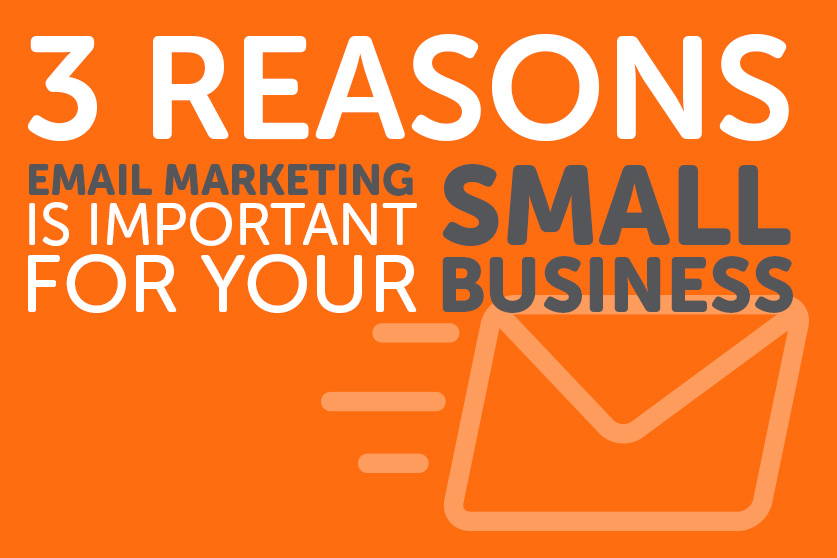Email marketing helps you to connect with your prospects and customers like no other channel, putting you straight in their inbox.
It’s a highly cost-effective way to keep in touch with and retain existing customers and attract new ones. Statistics show that email marketing often delivers the highest return on your investment.
However, it’s highly competitive. Every day your customer’s inboxes are flooded with emails, so it’s important that yours stand out. Here are our top tips for great email marketing!
Grow your list with gated content

A great way to fill your email list with engaged users is by gating a piece of content. The user will need to give their email address in exchange for being able to view or download the content.
In order to do this, of course, your content will need to be really good! It needs to give value to your users, something they can learn from or make use of. E-books, white papers, templates, resources, webinars and so on all work as gated content.
You’ll start to build up your email list with relevant, engaged people who you can then potentially convert into customers. It will also help to build trust with them, as you’re showing off your knowledge and how much of an expert you are in your area.
Make it personal
Most email marketing platforms give you the option to personalise your emails, using the data from your list. This means you can add in people’s names or even their company name, giving the impression that the email was meant for them personally. 74% of marketers say that targeted personalisation increases customer engagement, and they see an average of 20% more sales when using personalisation.
Personalisation in email ranges from adding the subscriber’s name to the copy, to changing the content of the email based on gender, location, or other information you have in your data list. That’s a little trickier to do, as you’ll need to segment your lists and create different emails for different segments. If you don’t have the time or resource to put into more detailed personalisation, try adding the subscriber’s name to the subject line. Studies have shown that emails with personalised subject lines are 26% more likely to be opened than those without.
Just remember to set a fallback, so if the subscriber’s name is missing from the list or something goes wrong, it won’t look like an error. For example, if you wanted to say “Hi Joe”, set the fall back to “there”, so if something went wrong you’d get “Hi there.”
Design matters
Make sure your email is well designed and looks engaging and easy to read. An email that’s too text heavy or overwhelming will just put people off straight away. People can get hundreds of emails a day, so you need to make sure that yours catches attention.
Use really engaging, good quality images that are relevant to your message. Try and keep it clean and simple, without too much going on. Limit your message to no more than three different topics; trying to cram too much in just dilutes what you’re trying to get across. Include strong, clear calls to action and make sure the buttons have weight and presence above the other elements of your message. Break your content down into short digestible paragraphs or bullet points
If you don’t have the time or the skill to design and develop email templates, approach a design agency for help. A well-designed email can really make all the difference.
Don’t overwhelm your subscribers
It can be tempting to send out lots of emails to your subscribers. It’s one of the best ways of putting your message directly in front of your customers, so if you’re trying to sell something the temptation to do it over and over again is always there.
Doing this, though, will just frustrate your subscribers and make them see your emails as spam. They’ll then unsubscribe, and you’ll lose them as a contact. Try and keep emails to two per week at the most and avoid sending the same email more than once.
Use your data
Keep a close eye on your data, so you can assess how well your emails are performing. Your email marketing software will provide you with detailed reports on each email you sent, giving you information like open rates, click through rates, how many were undeliverable and how many people unsubscribed. You can also see what time of day people opened your message, which is valuable in helping you plan when to send your next campaign.
If you’re using Google Analytics on your website, tagging your emails with custom campaign tracking can show you how they’re driving traffic to your landing pages and how those visitors behave once they’re on your site. This information will help you to tailor your marketing messages to your target audience.
Learn more about our email marketing service. If you’d like some more help or advice, we’d love to chat!


